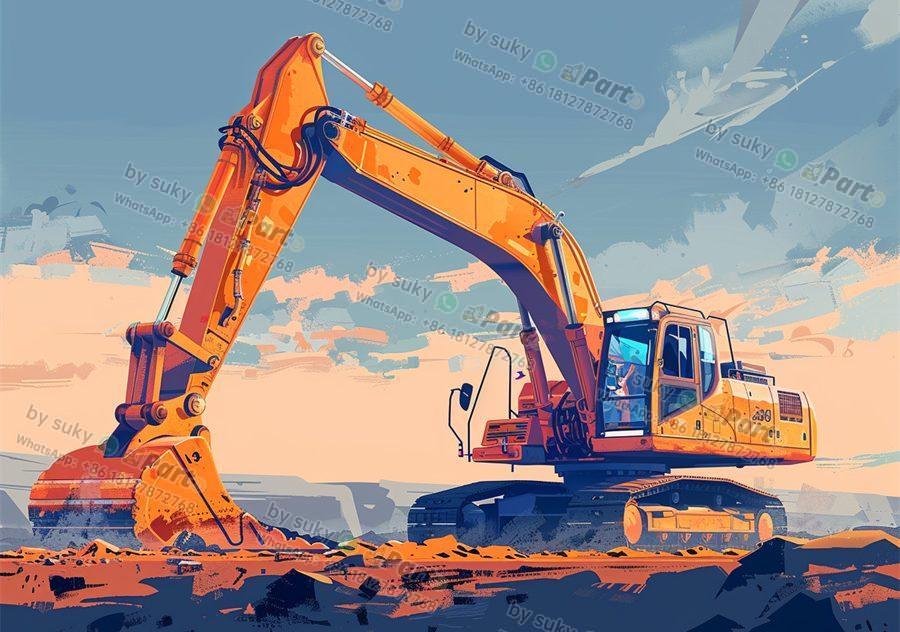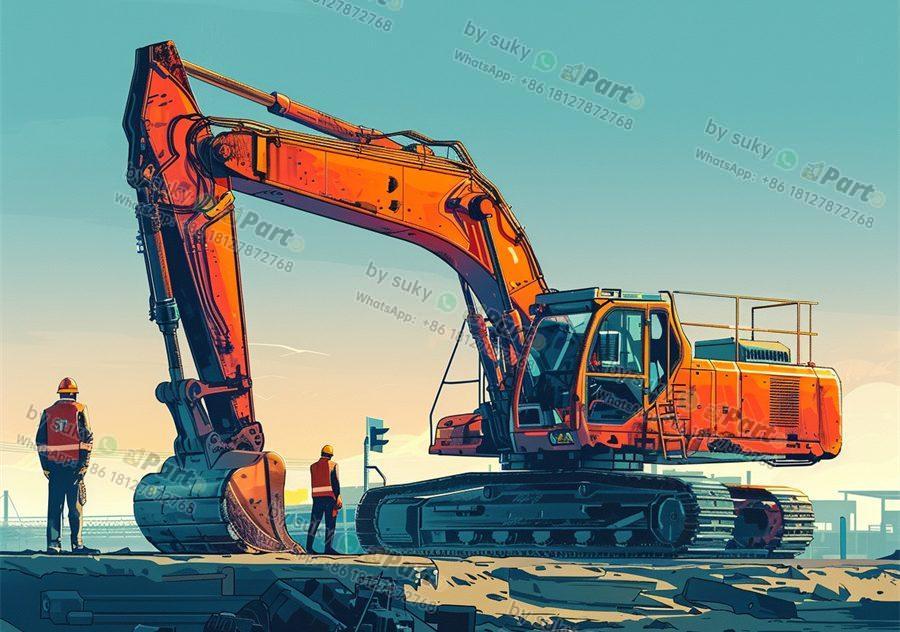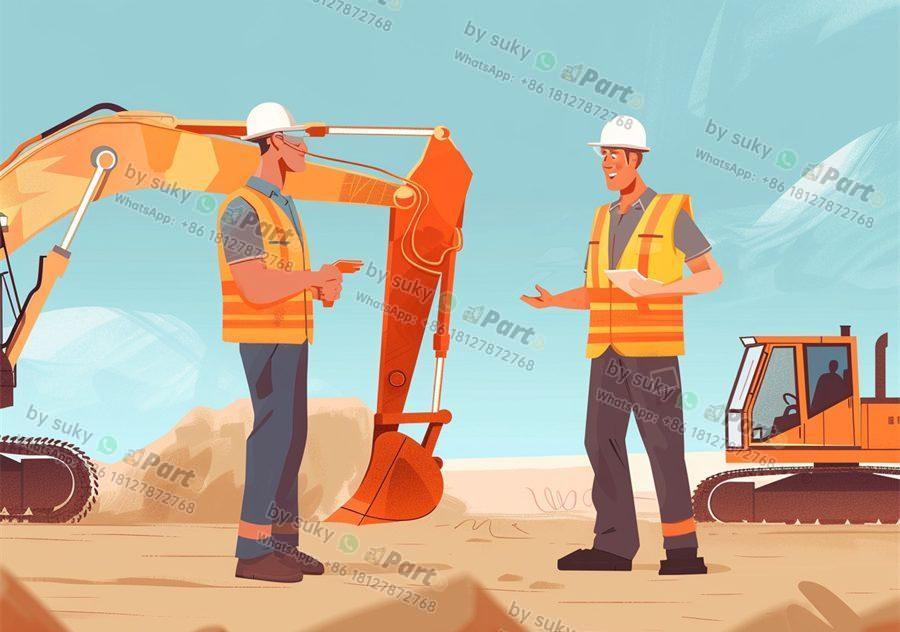An excavator is a heavy-duty construction vehicle commonly used in digging and excavating operations. It consists of several key components that work together to achieve efficient digging and lifting capabilities. For importers and distributors of construction vehicle parts, understanding the basic structure of an excavator can be crucial in identifying and sourcing high-quality replacement parts when needed.
1. The Body and Undercarriage
The body of an excavator is typically mounted on an undercarriage that provides stability and mobility. The undercarriage consists of tracks or wheels, depending on the type of excavator, that enable the machine to move across various terrains. Importers and distributors should pay attention to the quality of the undercarriage components, such as track shoes, rollers, and sprockets, to ensure durability and performance.
2. The Boom, Arm, and Bucket
The boom, arm, and bucket are essential components of an excavator’s digging mechanism. The boom is the large, vertical structure that supports the arm and bucket. The arm is connected to the boom and can move up and down to control the depth of the excavation. The bucket is attached to the arm and is used to scoop and lift material. Importers and distributors should focus on sourcing robust and well-designed booms, arms, and buckets for optimum digging efficiency.
3. The Hydraulic System
Excavators rely on a hydraulic system to power their movements and operations. The hydraulic system includes hydraulic cylinders, pumps, hoses, and valves that control the flow of hydraulic fluid to different parts of the machine. Importers and distributors should prioritize the quality and reliability of hydraulic components to ensure smooth and precise operation of the excavator.
4. The Cab and Controls
The cab of an excavator is where the operator sits and controls the machine. It is equipped with ergonomic seating, controls, and instrumentation for maximum comfort and efficiency. Importers and distributors should consider the quality of the cab components, such as the seat, joystick controls, and display panels, to enhance operator productivity and safety.
In conclusion, understanding the basic structure of an excavator is essential for importers and distributors of construction vehicle parts. By focusing on key components such as the undercarriage, digging mechanism, hydraulic system, and cab, businesses can effectively source high-quality replacement parts and cater to the needs of construction professionals. For more information on excavator maintenance tips and common troubleshooting issues, check out our articles on excavator maintenance and troubleshooting guide.
11110708 Fuel Filter Housing For Volvo EC140D EC160E EC210B EC220E
1118010 Thermostat Regulator Fits for CAT Caterpillar 3304 3306





